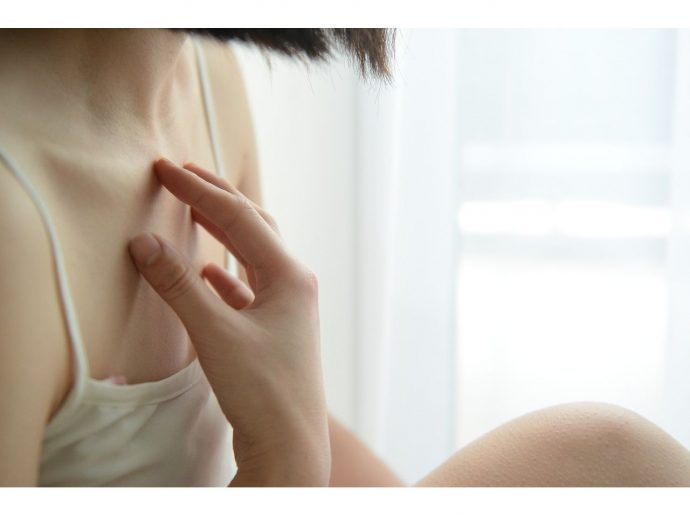Categories more
- Adventures (17)
- Arts / Collectables (15)
- Automotive (37)
- Aviation (11)
- Bath, Body, & Health (77)
- Children (6)
- Cigars / Spirits (32)
- Cuisine (16)
- Design/Architecture (22)
- Electronics (13)
- Entertainment (4)
- Event Planning (5)
- Fashion (46)
- Finance (9)
- Gifts / Misc (6)
- Home Decor (45)
- Jewelry (41)
- Pets (3)
- Philanthropy (1)
- Real Estate (16)
- Services (23)
- Sports / Golf (14)
- Vacation / Travel (60)
- Watches / Pens (15)
- Wines / Vines (24)
- Yachting / Boating (17)
The Secrets to Preventing Ingrown Hairs After Shaving or Waxing
Published
01/26/2025Other frequent and annoying side effects of shaving, to waxing and epilation, are ingrown hairs. These result when hair becomes curled back into the skin or grows sideways, causing red bumps, irritation, and at times even infections. While ingrown hairs are not dangerous, they can be uncomfortable and seriously dent your confidence. Preventing ingrown hairs is a question of a mix of good technique and proper after-care with the right products to keep skin smooth and healthy.
Exfoliation
Perhaps one of the best ways to avoid ingrown hairs is through exfoliation. The dead skin on the surface of your skin just keeps building up, causing blockages over hair follicles and allowing hair to grow back in. Exfoliating-whether with a mild scrub or via a chemical exfoliant that contains AHAs or BHAs -gets rid of that build-up. Exfoliating beforehand opens up the pores, clearing blockages that can contribute to curling back of hair into the skin, instead of out from it. Over-exfoliation will only further irritate your skin and make things worse.
The Importance of Hair Removal Techniques
How you remove hair is a major determinant in whether or not you'll get ingrown hairs. The most common offender that almost anyone experiences is the wrong shaving. Always, it should be in the direction of growth and with a razor that is new and clean to minimize irritation and pulling on the hair. Waxing should be through the correct application of wax and pulling it in the right direction of hair growth so as not to cause the pulling of the hair follicle from its cavity. Other effective options are laser hair removal Toronto, which decreases hair regrowth and incidence of ingrown hairs over time due to its principle of targeting hair roots.
Proper Skin Preparation Matters
One that might prove an efficient initial step for the avoidance of ingrown hair. This is done by opening up your pores with warm water to soften the hair; take a warm shower or lay a warm wet towel on the area for a few minutes. Application of a shaving cream or gel will also reduce friction, thus giving a smoother shave. Waxing: Skin needs to be free of oils and lotions so that better adhesion occurs in pulling the hair out more effectively.
Aftercare to Soothe and Protect Your Skin
It is equally important what one does after hair removal, just as with preparation. Hydrating the skin keeps the skin supple and free of irritations. Calming can be achieved by using either an alcohol-free lightweight moisturizer or one with an ingredient like aloe vera and chamomile that may help. In case one experiences ingrown hairs, there's serum or lotion created for handling this problem; they contain active components such as salicylic acid, glycolic acid, or even tea tree oil, noted for their ability to exfoliate and Rid one of all infection-causing bacteria. Avoid wearing tight clothes for quite some time after hair removal, as it traps sweat and bacteria, which gradually block pores and eventually give rise to ingrown hairs.
Consistency for Long-Term Results
Ingrown hair is not something you get a one-time solution for; it is rather a regular process to be carried out with a lot of care. Exfoliation, hydration, and gentle ways of hair removal techniques must be a part of your routine. If you find ingrown hairs recurring too frequently or seriously, despite giving your utmost preventive measures, it is best that you seek the consultation of a dermatologist to eliminate the possibilities of other skin conditions. They will therefore be in a position to advise on professional treatments or prescribe topical solutions that may help in the resolution of the same. With time, this will ensure blemish-free, healthy skin free from irritation.
That is, the entire hair removal process itself, along with pretreatment and post-procedure skin care regarding the care of the skin and addressing ingrown hairs. Good methods cut down irritation; good skin will stay supremely smooth. Be it traditional removal and shaving to waxing, or permanent ones like laser hair removal-smooth skin comes about from consistency in routines and keeping tenderness to skin integrity.















